J.R. Sabin, E. Brändas (Eds.)978-0-12-034851-0
Content: Cover — Copyright page — Contents — Contributors — Preface — Chapter 1. The Usefulness of Exponential Wave Function Expansions Employing One- and Two-Body Cluster Operators in Electronic Structure Theory: The Extended and Generalized Coupled-Cluster Methods — 1. Introduction — 2. Practical ways of improving coupled-cluster methods employing singly and doubly excited clusters via extended coupled-cluster theory — 3. Non-iterative corrections to extended coupled-cluster energies: Generalized method of moments of coupled-cluster equations — 4. Virtual exactness of exponential wave function expansions employing generalized one- and two-body cluster operators in electronic structure theory — Acknowledgements — References — Chapter 2. Angular Momentum Diagrams — 1. Introduction — 2. The essentials of SU(2) — 3. Diagrams — 4. Basic rules for angular momentum diagrams — 5. Irreducible closed diagrams — 6. Concluding remarks — Acknowledgement — Appendix: Summary of the graphical rules — References — Chapter 3. Chemical Graph Theory-The Mathematical Connection — 1. Prologue — 2. Introduction — 3. The first case study: Graph energy — 4. The second case study: Connectivity (Randic) index — 5. More examples — 6. Concluding remarks — Acknowledgement — References — Chapter 4. Atomic Charges via Electronegativity Equalization: Generalizations and Perspectives — 1. Introduction — 2. Two approaches to electronegativity redistribution — 3. Principle of electronegativity relaxation — 4. Numerical examples — 5. Chemical applications of atomic charges — 6. Conclusions — References — Chapter 5. Fast Padé Transform for Exact Quantification of Time Signals in Magnetic Resonance Spectroscopy — 1. Introduction — 2. Challenges with quantification of time signals from MRS — 3. The quantum-mechanical concept of resonances in scattering and spectroscopy — 4. Resonance profiles — 5. The role of quantum mechanics in signal processing — 6. Suitability of the fast Padé transform for signal processing — 7. Fast Padé transforms inside and outside the unit circle — 8. Results — 9. Discussion — 10. Conclusion — Acknowledgements — References — Chapter 6. Probing the Interplay between Electronic and Geometric Degrees-of-Freedom in Moleculesand Reactive Systems — 1. Introduction — 2. Summary of basic relations — 3. Electronic and nuclear sensitivities in geometric representations — 4. Minimum-energy coordinates in compliance formalism — 5. Compliant indices of atoms-in-molecules — 6. Atomic resolution-A reappraisal — 7. Collective charge displacements and mapping relations — 8. Concepts for reacting molecules — 9. Conclusion — References — Subject index — Last Page |
Table of contents :
Content:
Contents
Pages v-vi Contributors
Page vii Preface
Pages ix-x
Erkki J. Brändas, John R. Sabin The Usefulness of Exponential Wave Function Expansions Employing One- and Two-Body Cluster Operators in Electronic Structure Theory: The Extended and Generalized Coupled-Cluster Methods Review Article
Pages 1-57
Peng-Dong Fan, Piotr Piecuch Angular Momentum Diagrams Review Article
Pages 59-123
Paul E.S. Wormer, Josef Paldus Chemical Graph Theory—The Mathematical Connection Review Article
Pages 125-138
Ivan Gutman Atomic Charges via Electronegativity Equalization: Generalizations and Perspectives Review Article
Pages 139-156
Alexander A. Oliferenko, Sergei A. Pisarev, Vladimir A. Palyulin, Nikolai S. Zefirov Fast Padé Transform for Exact Quantification of Time Signals in Magnetic Resonance Spectroscopy Review Article
Pages 157-233
Dževad Belkić Probing the Interplay between Electronic and Geometric Degrees-of-Freedom in Molecules and Reactive Systems Review Article
Pages 235-305
Roman F. Nalewajski Subject Index
Pages 307-322 |
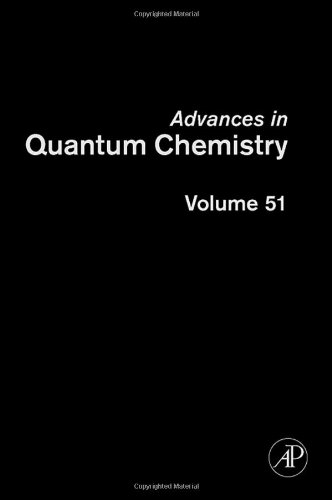
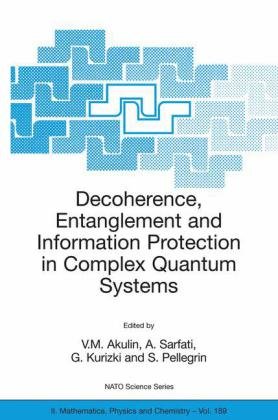
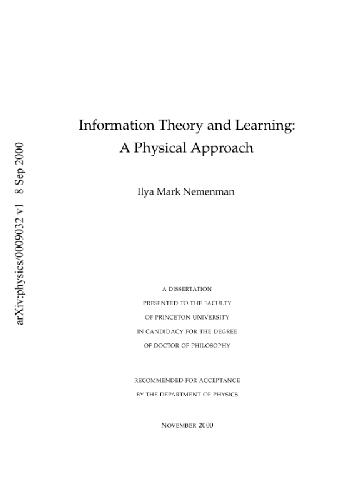


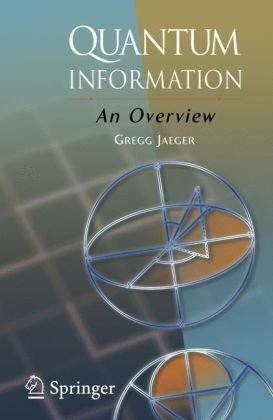
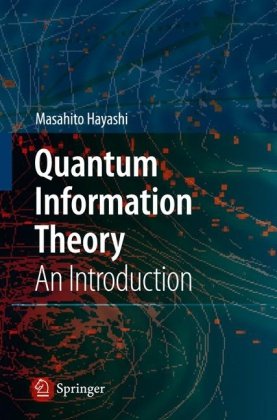
Reviews
There are no reviews yet.